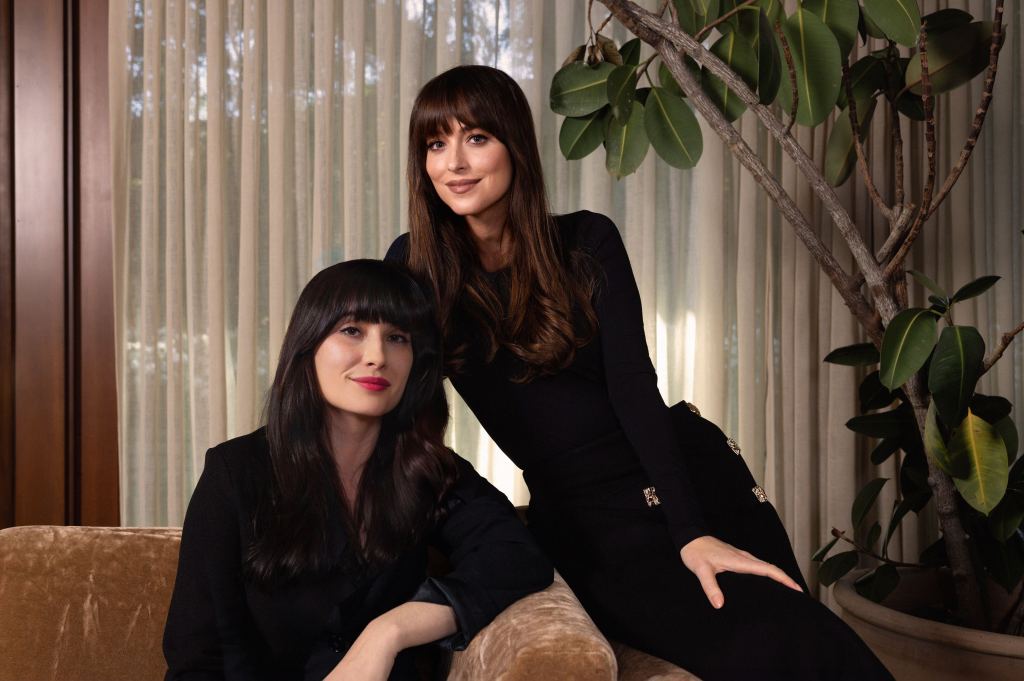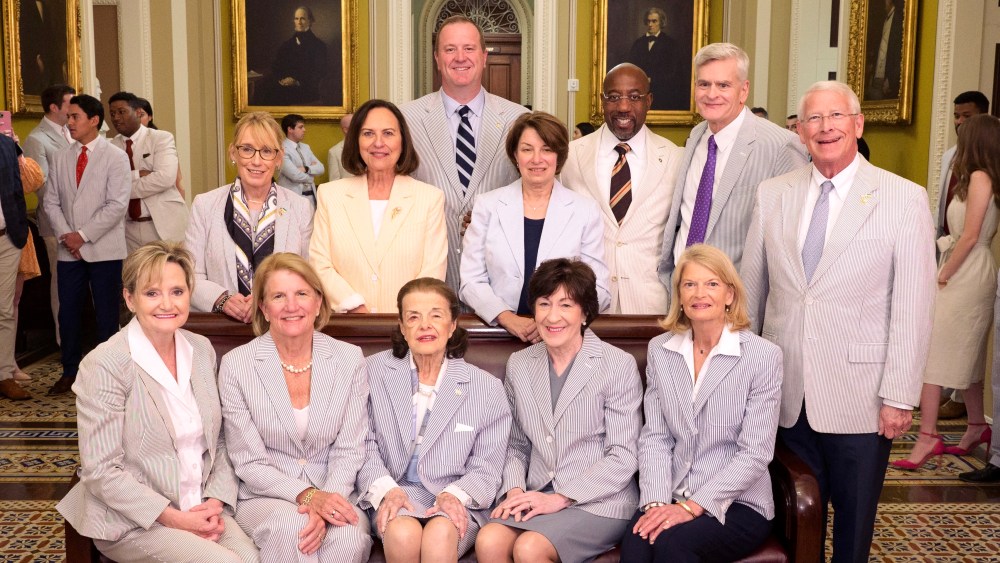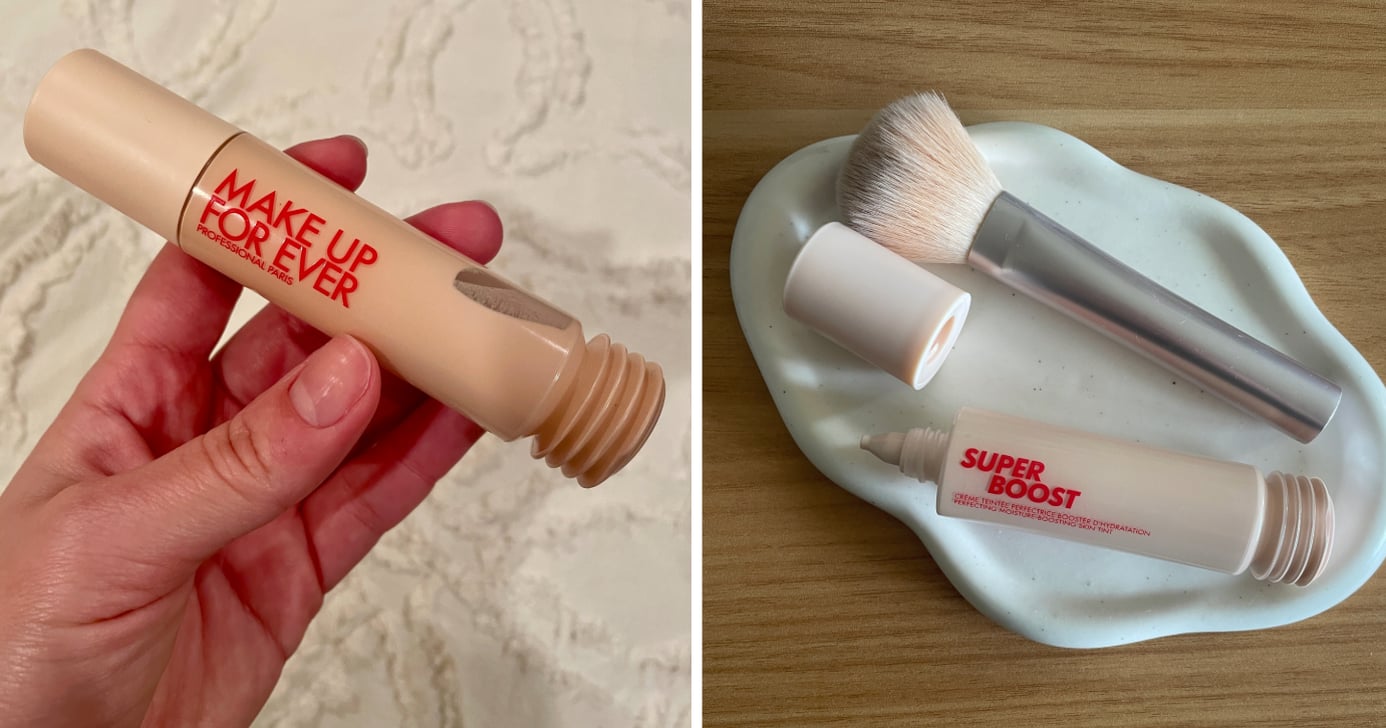Maude is exploring 100 years of history at the new Museum of Sex.
The Museum of Sex opened its second location in Miami on Friday. The flagship opened in New York City in 2002.
Maude founder Éva Goicochea and creative director and actress Dakota Johnson have curated an exhibit called “Modern Sex: 100 Years of Design and Decency,” which opened at the museum this past weekend. The collection, which includes more than 500 artifacts, explores restrictions around sexual wellness dating back to the 1920s. The exhibit is organized by decade.
Related Articles
“It’s a bit of a twilight zone to think of how far we’ve come and yet not at all,” Goicochea said. “It is full circle. In the 1920s, they had to code a lot of their language.”
Since Maude’s inception, Goicochea has also faced restrictions.
“We can’t advertise devices. If we try they have to be with this silly language,” she said. “We’re still so restricted, obviously, in different ways in new technology and new media, but same thing.”
Although Goicochea and Johnson had been mulling over this concept for awhile, it wasn’t always going to be an exhibit.
“Dakota and I had originally talked about this as a [coffee table] book,” Goicochea said. “We basically put together this big document saying we wanted to explore what this has looked like over the past 100 years.”
Goicochea and Johnson brought the proposal to the Museum of Sex about two years ago and began working on the project from there. However, the team noted the coffee table concept might come to fruition one day, as well.
While walking through the exhibit, which was cosponsored by Maude, Durex and KY, guests will explore media, advertisements and products from each decade — think books, iterations of devices, vintage Playboy magazines and more.
“Something happens when you see physical objects that represent what happened historically,” Johnson said. “I hope that people walk away considering what their opinion about their own sexual wellness is and that of others, how it’s evolved in the world or how it’s not evolved, and how it’s still represented the same ways as it has been in the last 100 years.”
One key artifact in the exhibit is the 1976 “The Hite Report,” a book by reporter Shere Hite that explores findings around women’s sexuality from thousands of survey respondents. In tandem with the exhibit, a documentary titled “The Disappearance of Shere Hite” was recently released. (Johnson is an executive producer and the narrator of the film.)
“The documentary is about Shere Hite and how she was basically completely blotted out of history and totally silenced when she was presenting quantifiable data about female sexuality and female orgasm,” Johnson said. “It’s kind of amazing that these two things coincided to exist simultaneously.”
Goicochea and Johnson also chose to highlight gender inequity across the category and decades in the exhibit.
“Now, 100 years later, you can advertise erectile dysfunction pills, but you can’t advertise a vibrator used by a woman. It’s pretty maddening,” Goicochea said. “My hope is that when people view this and then when it does become a coffee table book, people will realize how much we have to do and it is up to us culturally as consumers and people to to demand change.”
The exhibit will be on display at the Museum of Sex in Miami through summer 2024.



